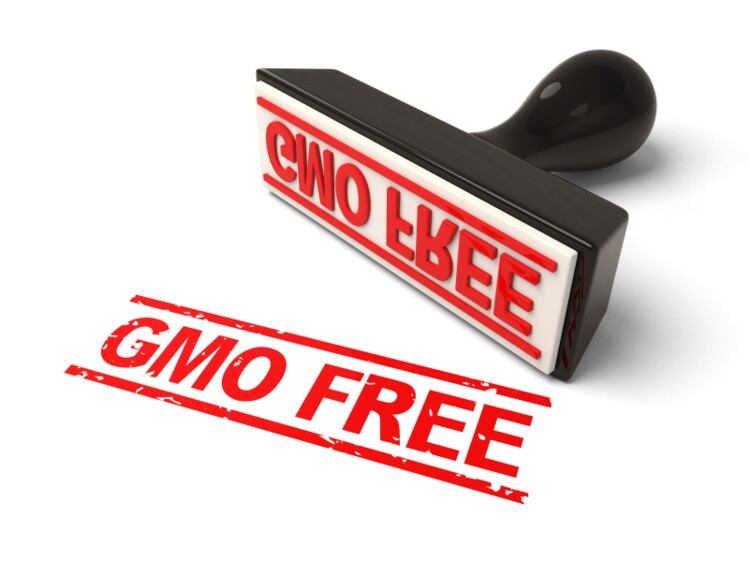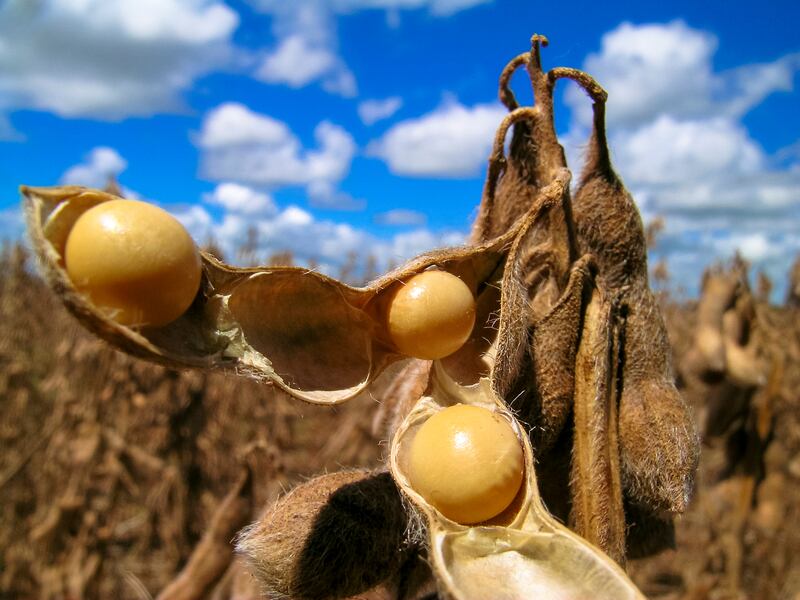Argentinian farmers have fully embraced GM agriculture and more than 99% of the country’s soybean production, which in 2016 was around 60 million tonnes, is genetically modified.
What's more, the Argentinian Food Code does not require manufacturers to disclose GM ingredients, considering them to be safe to eat and equivalent to conventional versions. However, this could mean there is a market opportunity to cater for consumers who wish to avoid GM.
“Argentinian consumers may not have the ‘freedom of choice’ between products containing GM and GM-free products," write researchers from the University of Reading and Newcastle in the UK.
Using a questionnaire, Bernardo Martinez-Ribaya and Francisco Areal tested over 500 Argentine's willingness-to-pay (WTP) for a non-GM 'milanesa de soja' - a vegetarian, soy-based version of a breaded meat filet, a popular food in the South American country.
Creating a new market
A total of 336 out of the 557 respondents answered 'yes' in at least one of the two WTP questions, or 60.3% of the sample.
“Our results suggest that consumers who are against GMOs would be willing to buy a non-GM 'milanesa de soja' paying a 50% premium on average," they concluded. "On the other hand, those consumers who are pro-GM would not be willing to purchase the product unless it comes with a reduced price compared with the product currently sold in supermarkets.”
The researchers also found stronger support - and willingness to pay a higher premium - for the non-GM milanesa than a 2017 study, conducted by Rickertsen et al., which focused on US and Norwegian demand for non-GM soy and salmon.
Argentinian consumers would benefit from a wider choice and being given the freedom to choose, write Martinez-Ribaya and Areal. However, manufacturers should consider several points before launching a non-GM product in Argentina, they suggest.
Firstly, it could create confusion and lead them to see GM products in a negative light while the cost of sourcing non-GM ingredients, certifying and labeling the finished product as non-GM may be higher than the price premium.
However, creating a market for non-GM food could offer new opportunities for farmers to diversify their crops.
The study
Participants were told that a standard packet of four ‘milanesas de soja’ costs AR$60 and were then asked if they would be willing to pay AR$65 for a non-GM product. Other prices, ranging from AR$65 to AR$90 in five-peso increments, were offered and individuals could answer either yes or no.
The researchers also gave participants a survey to determine their objective knowledge about GM products. This included ‘true or false’ statements such as ‘By eating a genetically modified food the genes of a human being could be modified’ and ‘GM plant are always larger than non-GM ones’.
The profile of a non-GM shopper
The more objective knowledge consumers had about GMOs, the less they were willing to pay for an alternative product (an average of $2.29 less).
The authors added: “This result is in line with [previous research which] found that people who are more knowledgeable about GM-food and biotechnology they are also more likely to know the science´s consensus about the safety of GM-food.”
Consumers who had worked in agriculture or studied in this field were also prepared to pay $6.15 less for the non-GM milanesa de soja than those who had not.
Age, education level and geographical location did not affect willingness to pay in this study, although the researchers noted this was not in line with other studies. One Chinese study, for instance, found that less-educated consumers were more trusting of GM foods.
Source: Food Control
“Is there an opportunity for product differentiation between GM and non-GM soya-based products in Argentina?”
Authors: Bernardo Martinez-Ribaya, Francisco J. Areal
Available online ahead of print, doi.org/10.1016/j.foodcont.2019.106895




